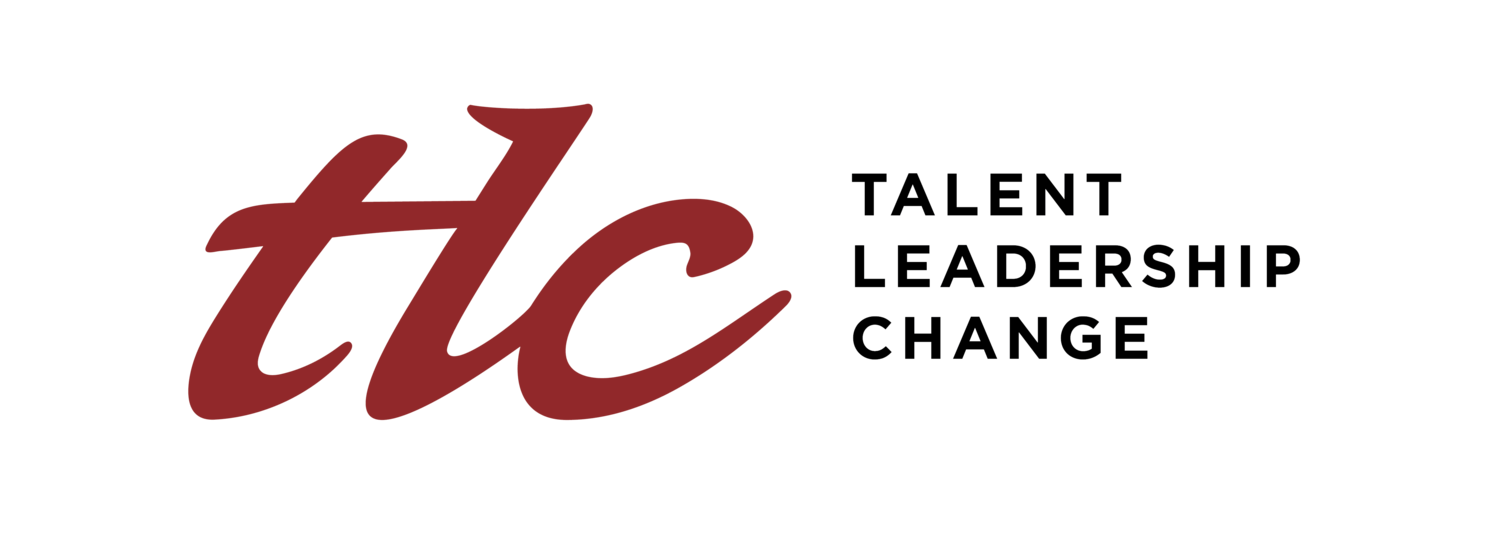REVISITING THE HR AGENDA
What is the state of human resources (HR) in your organization? How is the people agenda changing with your business agenda?
In world-class companies, the HR group, as a function, must have shed its transactional beginnings. Through technology, basics like payroll, record keeping and data analytics are delivered excellently. By involving employees, it must have won higher engagement from Christmas parties and community outreach programs.
The conversation between CEO and the chief HR officer begins to shift to building the talent and leadership pipeline to enable forays into new businesses. It is fast becoming about shaping a new culture, post merger, or the impact of demographic shifts on how work is designed to deliver the best business outcomes.
In 2015, the People Management Association of the Philippines (PMAP), the professional association of HR specialists, named Renato “Ato” Jiao, Globe Telecom’s chief HR officer, as the “People Manager of the Year”. That hardly came as a surprise considering the telecom company’s remarkable performance in recent years, which Globe CEO and President Ernest Cu attributes in large part to Jiao. “We owe our successful business turnaround to our people who really made the difference. Ato’s strategic contribution in organizational change, leadership and people development made this possible,” he was quoted by a newspaper as saying.
A close look at PMAP’s “Employer of the Year” awardees in the last few years – CEMEX Holdings Philippines, Meralco, Toyota Motors Philippines, GlaxoSmithKline Philippines, PLDT, Petron and the Civil Service Commission from the public sector – show that winners are not only good in managing human resources but are equally top performers in their sectors.
Only recently, CEMEX raised $465 million in the country’s biggest initial public offering in more than two years. No doubt, the impact of such a huge capital infusion on business growth will be central to the conversations between Pedro Palomino, CEMEX president and Maria Virginia Eala, vice president for HR.
“The state of HR in any business is essentially a function of the mindset of the CEO and the senior leadership team.”
Yet, in most businesses and boardrooms, human resource is divorced from the burning issues of the day. “HR? What HR? We hardly feel their contribution. They can’t even get recruitment straight!” complains one top executive. “Our HR people are struggling to keep up with the pace and focus of business!” says a business owner.
When business owners and executives make statements like these, the people agenda becomes central to business survival and success. It calls for the same kind of attention as market share, dividend payouts and technology investments in the plant.
Prolific author and University of Michigan’s HR guru David Ulrich suggests that CEO-HR discussions should strive to answer three important questions. First, on individuals – what talents do we need to make this strategy happen? Second, on the organization – what capabilities such as risk management, social responsibility and so forth do we need to realize our strategy? And third, on leadership – what capabilities should our leaders develop to execute the strategy?
When I joined Globe Telecom many years ago to lead HR, Gerry Ablaza, then president and CEO of Globe Telecom (now Manila Water president), and I shook hands and agreed on my “terms of reference”, complete with clear performance metrics. These included the following goals: revitalize the HR delivery model, strengthen internal collaboration and engagement, build a strong customer-facing culture, sustain an engaged workforce, transform talent and leader capability and contribute to financial targets by driving HR cost down and productivity up.
The state of HR in any business is essentially a function of the mindset of the CEO and the senior leadership team. When the CEO clearly defines the direction for the HR function as he does for all the other key functions of business, he or she creates the conditions that sets in motion a response from the HR leader.
In other words, when corporate leaders set the tone by raising the bar for the HR function, they change the conversation. They create the burning platform for those in HR to shape up and step up to the plate.
*Published as a monthly Leadership Column in Forbes Philippines
